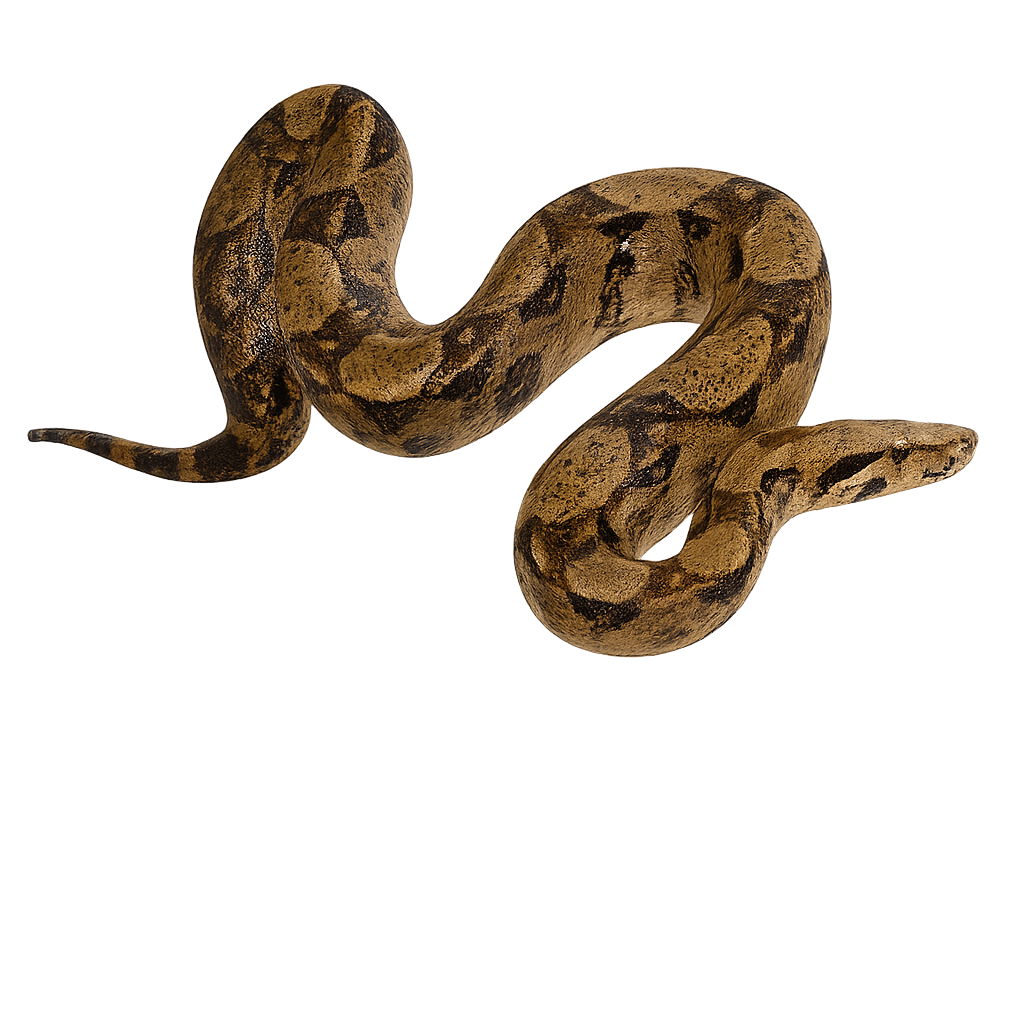Observe and photograph a species in its natural habitat
Learn where and when to observe a species in the wild, how to recognize it in the field, and what habitats it lives in. Get photography tips adapted to its behavior and capture stunning images without disturbing the animal. For full details, open the complete profile in the WildlifePhotographer app.
Boa constrictor
Scientific name: Boa imperator

IUCN Status: Least Concern
Family: BOIDAE
Group: Reptiles
Shyness: Suspicious
Safe distance: 3 m
Breeding season / Courtship: 01.03-31.05
Gestation: 5 à 7 mois
Births: 01.08-31.10
Habitat:
Tropical and subtropical forests, woodlands, and savannas of Central and South America, mainly from Mexico to Peru and Brazil
Description:
The Boa constrictor, also known as the Emperor Boa, is a medium to large-sized snake, easily recognized by its smooth scales and complex pattern of brown and golden spots and bands. It primarily inhabits the tropical forests of Central and South America, where it hides in foliage or tree trunks, using its climbing skills to hunt and conceal itself. This non-venomous snake is a constrictor, meaning it kills its prey by wrapping around it tightly before swallowing it whole.
The Boa constrictor is generally a solitary animal, and while it is an effective predator, it primarily feeds on small mammals, birds, and occasionally reptiles. It is also popular in captivity, but like many reptiles, it is threatened by deforestation and habitat loss.
Recommended lens:
>=Macro
Photography tips:
Use a macro lens or a telephoto lens to photograph the boa constrictor, especially when it is resting or moving in its natural environment. The soft light of the morning or evening is ideal for capturing its scales and colors. Be discreet and respect its space to avoid disturbing its natural behavior.
Ready to take action?
Choose your platform and start your free trial today



